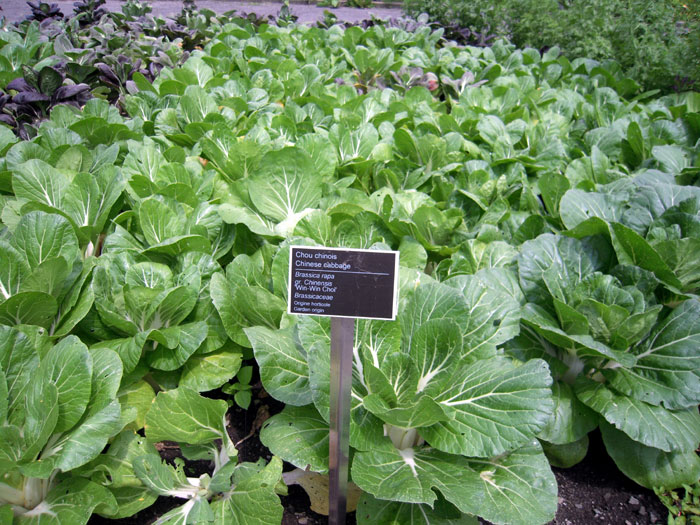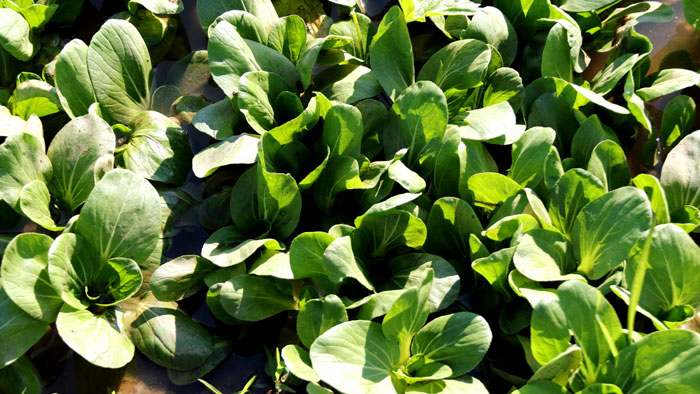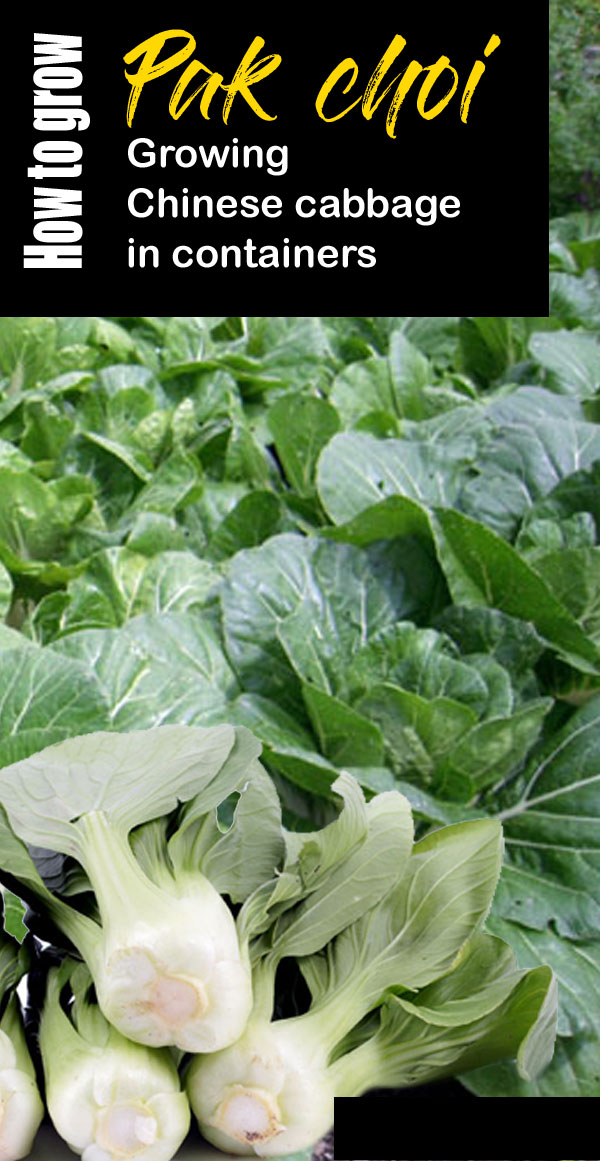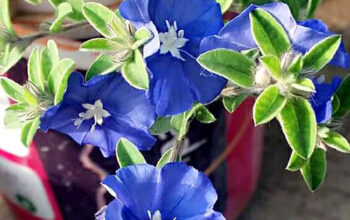Growing Pak Choi (Chinese cabbage)
Pak choi is a type of Chinese cabbage, also known as bok choy. Pak choi leaves and whole plants are used in Asian cuisine. People also eat Pak Choy raw in a salad, it is made with fried or lightly boiled vegetables. Special additions are made with soy sauce. It is a biennial plant and is usually grown yearly. Know-How to Grow Pak Choi in Containers | Growing Chinese cabbage.
Overview Pak choi
Pak Choi is a quick and easy crop, also known as Chinese cabbage or sugar leaves. It is a member of the Brassica family and looks somewhat like a latte.
Scientific name Brassica rapa var. Chinensis
Common name Pak choi, Bok choy, Pak Choy, Chinese cabbage
Plant type Vegetable
Sun required Partial shed
Flower color Yellow
Soil Well-drained, organic-rich soil
Soil PH 6.0- 7.85
Zone 2-13
How to Grow Pak Choi (Growing Chinese cabbage)
Soil and location
Bok choy flourish very well in rich, organic materials and well-drained soils. For this the soil grows well at pH 6.0–7.5. Pak choi thrives best in partial shade but can tolerate full sun. It needs at least 3 to 5 hours of sun each day.
Growing Bak Choy from seed
April to July is the appropriate time to seed if you have fertile soil and sufficient sunlight conditions then you can plant its seeds. Keep the seed 2cm deep and 30cm apart in rows. Wide distances are good for full-size heads. Keep the seeds of the Chinese cabbage plant about one inch deep, one inch apart.
Seedlings
Bok choi seeds can be directly planted in the garden. Seedlings up to 8-10cm are good for baby leaf, keep 25-30cm of seedlings for mature plants. Thin seedlings are also used for food. Water your pak choi plants well during the growing period so that there is no lack of taste in the plant.
Temperature
Pak Choy is a biennial plant and is usually grown yearly. Bok choy thrives in cool weather in places with temperatures between 55 -70 ° F.
Watering
Pak Choy plant needs constant watering, especially during the fall season. Due to drought, it bolts to seed.
fertilizer
Approximately four to five weeks after planting, dressing with a balanced fertilizer, and a layer of compost between rows.
Companion plants
This may benefit from pest control and nutrient uptake due to companion plants. To keep pests free, you can consider planting some saplings with your plant. (Growing Chinese cabbage)
How to grow Pok Choi in containers
- For Chinese cabbage, choose a container at least 12 inches deep. Fill the container 1 inch below the container ring with good potting soil. You can choose a 6-inch diameter container for a single baby bock Choy.
- Holes in the surface of the container are necessary for proper water drainage before filling the soil check it, if not, then you can hole through the proper medium.
- Slow-release fertilizer should be mixed well before filling the soil. Use 1/2 teaspoon of fertilizer of 10-10-10 in 1-gallon container soil.
- Make holes 6 to 9 inches large in the container. About 3 times the size of the root ball.
- Separate the plant with plastic wrappers and set in each hole. Hold the plant upright and fill the pit with the surrounding soil.
- Wet the soil of the newly planted plant thoroughly with the help of a sprayer. Water the plant until drainage appears from the surface of the pot.
- Transfer your container to a place where the full sun comes for at least six hours, or part shade about two to four hours. If the weather is hot, keep your pot in partial shade.
- Water the plant again as the soil dries. Remember, the water in the container dries quickly, so check regularly and always keep the soil moist.
Harvesting Chinese cabbage
Harvesting of Chinese cabbage depends on the variety. The standard varieties of bok choi are about 12 -24 inches and the baby leaf matures from 10 to 20 cm. Young and tender plants are used as fresh salads or lightly fried. Monitor spring crops for early indication of flowers. And if the plants start to bolt, harvest immediately. To harvest the Pak Choy plant on the ground surface, you use a sharp knife. You can keep bok choy in the refrigerator and use it for about 3 to 4 days.
Pests and diseases Pak Choy
The major pests for Bok choy aphids and mites. You can control them with neem spray. If you plant a marigold among the plants, mites can be controlled to some extent. Apart from this, Cabbage Loopers, Diamondback Moths, Flea Beatles, etc. also make it uncomfortable.
The presence of insects and excess moisture also contribute to the spread of fungal disease.
Black rot, damping off, downy mildew, turnip mosaic virus, etc. cause damage to the disease, but proper care and crop rotation can control these diseases.
Read also: How to grow Petunias. Poppies growing and care tips. How to grow Vinca flowers. Coreopsis Growing Tickseed. Chickpeas growing and care tips. How to Grow Love-in-a-Mist plants. Growing Yesterday, today and tomorrow plant. Growing Cinnamon in containers. Aster flowers growing guide. Cornflowers growing and care tips. Vinca flowers growing guide. The best filler plants for Container gardening.
Happy gardening
For pin







